Topics
Comparative RPM profiles
Our 1972 XJ6 came equipped with a Borg Warner BW12 automatic transmission (three gears with ratios of 2.40, 1.47, and 1.00) and a 3.54:1 Salisbury differential. With stock 15″ tires, the original cruising RPM profile is:
STOCK XK6/BW12 CRUISING RPM PROFILE
| Speed (MPH) | Engine RPM (3rd gear) |
|---|---|
| 55 | 2488 |
| 60 | 2714 |
| 65 | 2940 |
| 70 | 3167 |
| 75 | 3393 |
| 80 | 3619 |
| 110 (max) | 5000 |
The General Motors 4l60E automatic transmission we plan to install has four gears with ratios of 3.06, 1.63, 1.00, and 0.70. If we retain the Salisbury differential and stock 15″ tires, the restomod cruising RPM profile looks like this:
RESTOMOD LS3/4L60E CRUISING RPM PROFILE
| Speed (MPH) | Engine RPM (4th gear) |
|---|---|
| 55 | 1741 (2488 in 3rd gear) |
| 60 | 1900 |
| 65 | 2058 |
| 70 | 2217 |
| 75 | 2375 |
| 80 | 2533 |
| 158 (max) | 5000 |
This suggests that highway speeds (65-80 MPH) will be very comfortable for the LS3 engine and reasonably quiet. In contrast, the XK engine strains at speeds over 70 MPH.
Salisbury differential
As the RPM profile above indicates, the 3.54 final drive of the Salisbury differential is optimal for our street application. But the high horsepower of the Chevy LS3 (over 400 HP) suggests the need for a limited slip differential (LSD). Jaguar installed LSDs on the V12 version of the XJ, but not on our model.
There is no way to tell the final gear ratio from an exterior inspection of the case. Jaguar affixed metal tags on the inspection plate with two numbers to indicate the gear ratio. In our case, this is
46 over 13
or 3.5385 (rounded to 3.54 for marketing purposes).
A second tag with BP-L indicates a “Power-Lok” limited slip differential, but unfortunately we don’t have that.
Limited slip upgrade
There are two limited slip enhancement paths: find an old used Powr-Lok assembly or install a new Dana 44 carrier with some modifications for fitment.
Used LSD sources
Another used differential, or the limited slip assembly from one, might be located at a junk yard. However, only some early E-types and the relatively rare XJ12 have the 3.54 ratio with the limited slip (Powr-Lok).
JAGUAR DIFFERENTIALS BY MODEL AND YEAR
| Year | Model | Series | Track Width | Gear Ratios | Powr-Lok |
|---|---|---|---|---|---|
| 1960-1963 | E-type | I | 53.125 | 3.54 | yes |
| 1964-1967 | E-type | II | 53.125 | 3.54 or 3.31 | option |
| 1968-1970 | E-type | III | 53.125 | 3.31 | option |
| 1970-1974 | E-type | late | 56.000 | 3.31 | option |
| 1960-1969 | S-type | 3.8 | 55.000 | 4.54 - 3.31 - 3.77 | option |
| 1961-1967 | Mark 10 | 60.500 | 3.54 - 3.77 | yes | |
| 1967-1975 | Mark 10 | 60.500 | 3.54 - 3.77 | option | |
| 1966-1970 | 420G | 60.500 | 3.54 - 3.77 | option | |
| 1969-1973 | XJ6 | I | 61.750 | 3.54 | no |
| 1972-1978 | XJ12 | II | 61.000 | 3.31 | yes |
| 1974-1979 | XJ6 | II | 61.750 | 3.31 - 3.07 | no |
| 1979-1992 | XJ12 | III | 61.000 | 3.07 | yes |
| 1975-1996 | XJS | all | 61.000 | 2.88 - 3.07 - 3.54 | yes |
| 1980-1981 | XJ6 | III | 61.750 | 3.07 - 2.88 | no |
| 1982-1987 | XJ6 | III | 61.750 | 2.88 | no |
E-types have escalated in value, and finding a reasonably priced 1960-63 differential in good condition is highly unlikely. A used Powr-Lok 3.54 XJS unit might be located, but hot rod enthusiasts have for years been adapting the Jaguar IRS and snapping up old XJ units making it quite difficult to source good low mileage parts today.
Rebuilt Powr-Lok assemblies are available, however, and we elected to follow that route after a frustrating detour trying to fit a Dana 44 carrier.
Dana 44 carrier frustration
Since the junk yard alternative is becoming increasingly unrealistic, a new LSD carrier made sense at first. Jaguar no long provides XJ6 differential parts, of course, but the Salisbury differential is nearly identical (but not quite!) to a Dana 44, a popular differential used in hundreds of cars and trucks.
Jaguar first adopted the Dana 44 in the 1961 E-type but there are some “across the pond” differences between the Jaguar Dana 44 and American versions common to Corvettes and other cars. The Jaguar Salisbury version was manufactured by the British division of Dana Corporation and the ring gear uses slightly smaller mounting bolts while the pinion shaft has a different diameter. The Jaguar cast housing is also unique to the Salisbury models and was designed specifically to fit the Jaguar IRS cage. Still, Dana 44 innards can supposedly be transplanted into the Salisbury case while retaining the ring and pinion to preserve the 3.54 ratio.
LSD carriers come in many flavors. The Jaguar differential uses a 19-tooth spline so the correct match is a unit designed for a 3.54 ratio range with a 19 spline count.
DANA 44 CARRIER OPTIONS for 3.54 RATIO and 19 SPLINE
| Manufacturer | Carrier Type | Product | Cost |
|---|---|---|---|
| Auburn Gear | limited slip | High Performance 5420112 | $330 |
| Auburn Gear | limited slip | Pro Series 542085 | $430 |
| Yukon Gear & Axle | open differential | YC D18458 | $180 |
| USA Standard Gear | mechanical locker | SL D44-19 | $440 |
| Richmond Gear Powertrax | locker | 2413-LR | $400 |
The Auburn Gear High Performance line is the most “street friendly” while Auburn’s Pro Series is more aggressively tuned for track use.
The Yukon open differential is even more aggressive and not suitable for our application.
The mechanical lockers by Richmond and Standard approach traction from a different technical perspective. Lockers are less forgiving for on-road use and can be actually hazardous in wet or ice conditions. In contrast, limited slip carriers work well in all weather conditions; they also have the added benefits of quiet operation (lockers can make a disconcerting “clunk” sound) and better tire life (the unforgiving torque connection embedded in lockers puts more stress on tire treads).
Rebuild bearing part replacements
Our first Salisbury rebuild attempt retained the original case, output flange, and ring & pinion assembly. In addition to the new Dana 44 limited slip carrier, the following bearings were needed (cost information from LocateBallBearings.com):
SALISBURY DIFFERENTIAL BEARING PARTS for DANA 44 REBUILD
| Description | Part Number | Brand | Cost |
|---|---|---|---|
| Carrier bearing | 25590 | Timken | $18 |
| Carrier race | 25523 | Timken | $12 |
| Pinion inner bearing | Hm89446 | Timken | $25 |
| Pinion inner race | Hm89410 | National | $8 |
| Pinion outer bearing | M88043 | Timken | $22 |
| Pinion outer race | M88010 | Timken | $8 |
The rebuild will also need new pinion seals (2ha-019).
However, the experiment didn’t work. The spline shaft diameter was just off enough so that the carrier couldn’t be properly mounted. Plan B went back to using refurbished original Jaguar OEM Powr-Lok components.
Differential installation
After replacing the original open carrier with Powr-Lok limited slip and adjusting shims and torque specifications, the rebuild differential was bolted to the cage as part of the rear suspension restoration.
It is worth noting that the differential flange is purposely offset from the midline as illustrated by a sight line down the transmission tunnel.




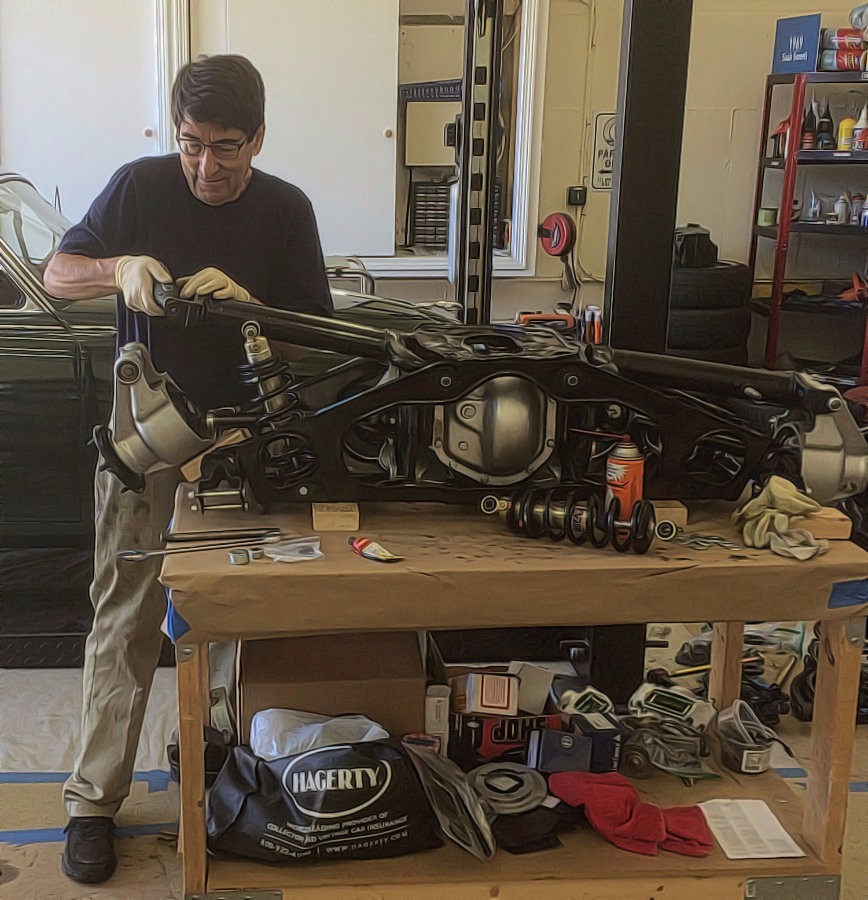


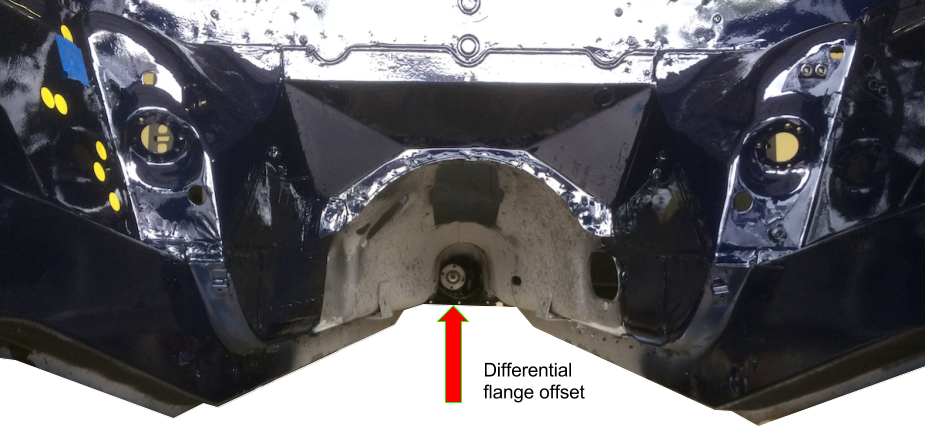

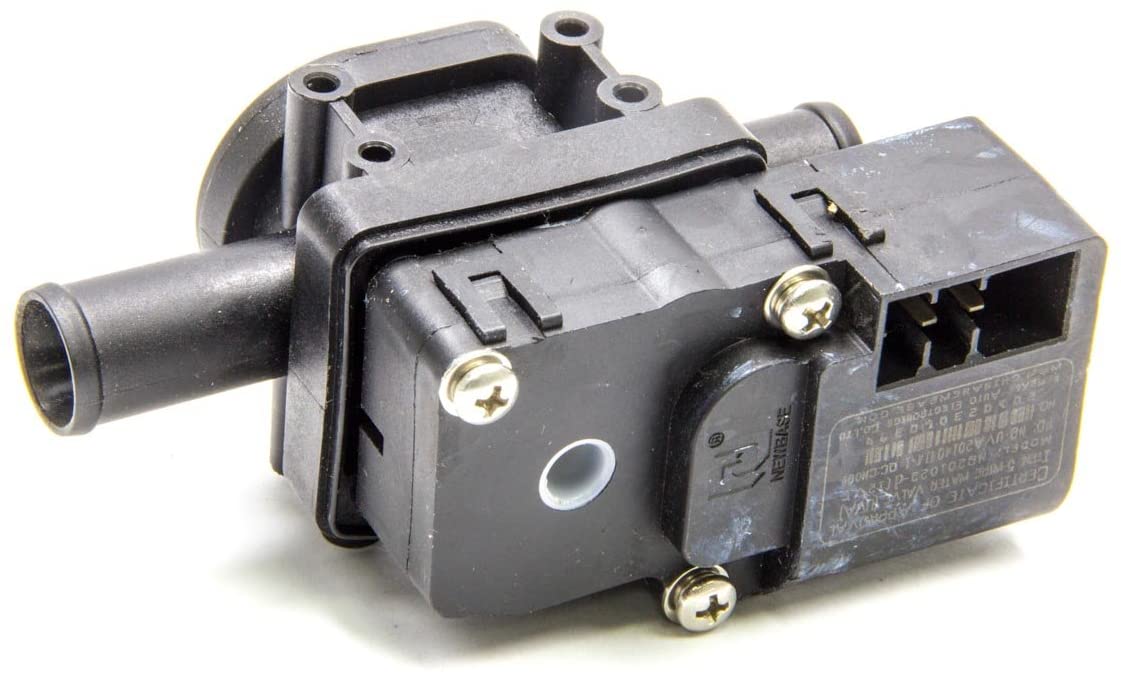
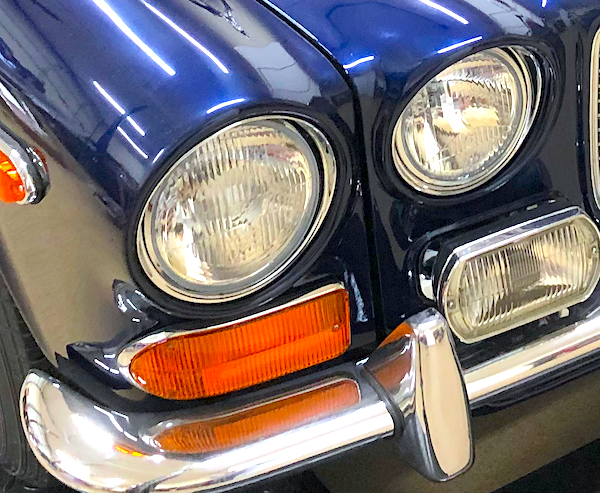


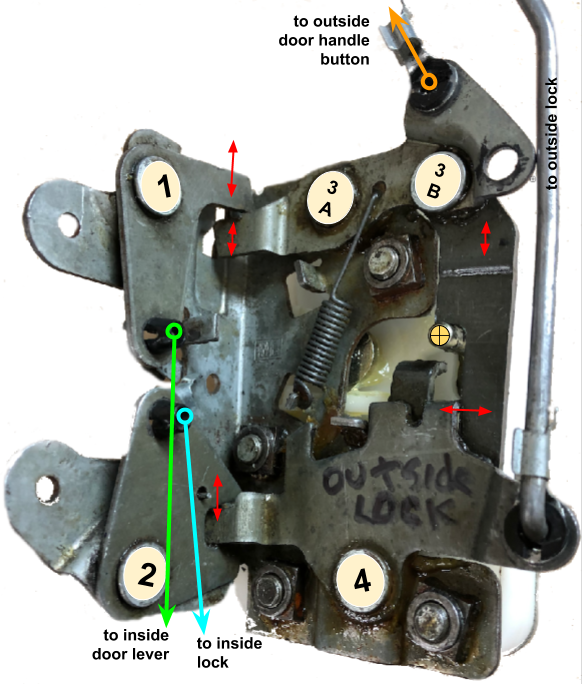
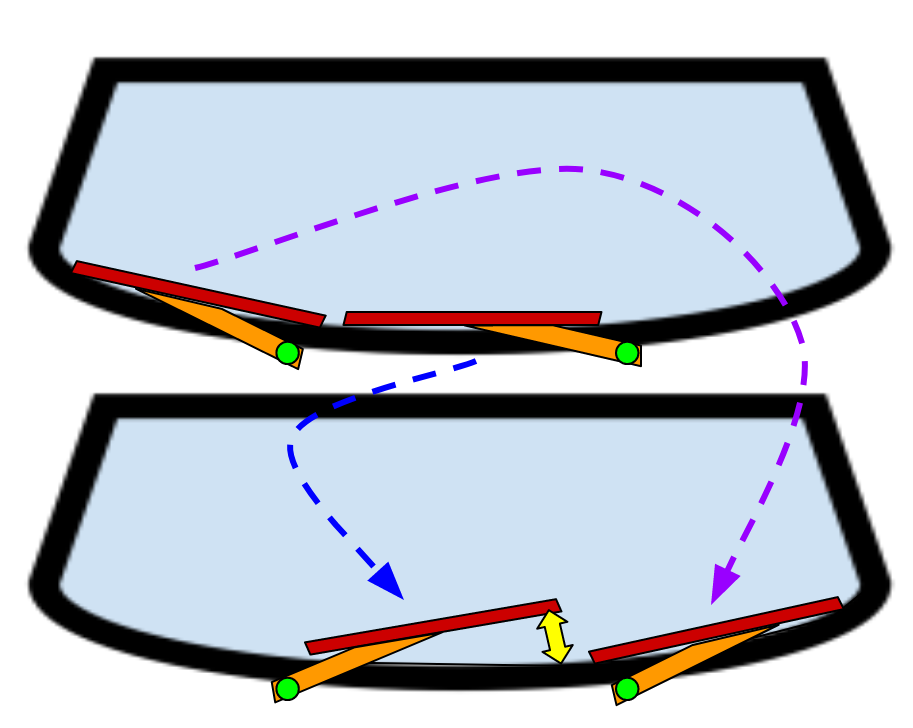

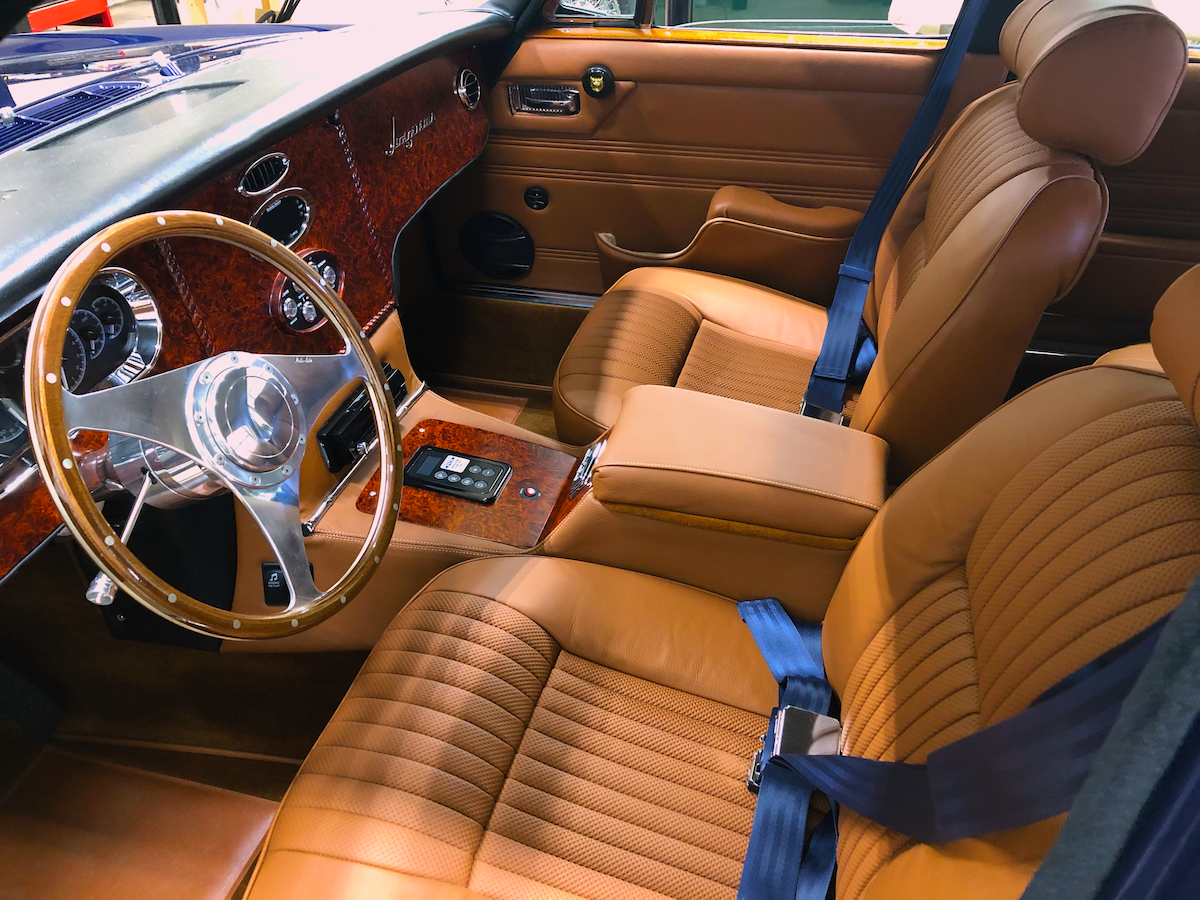
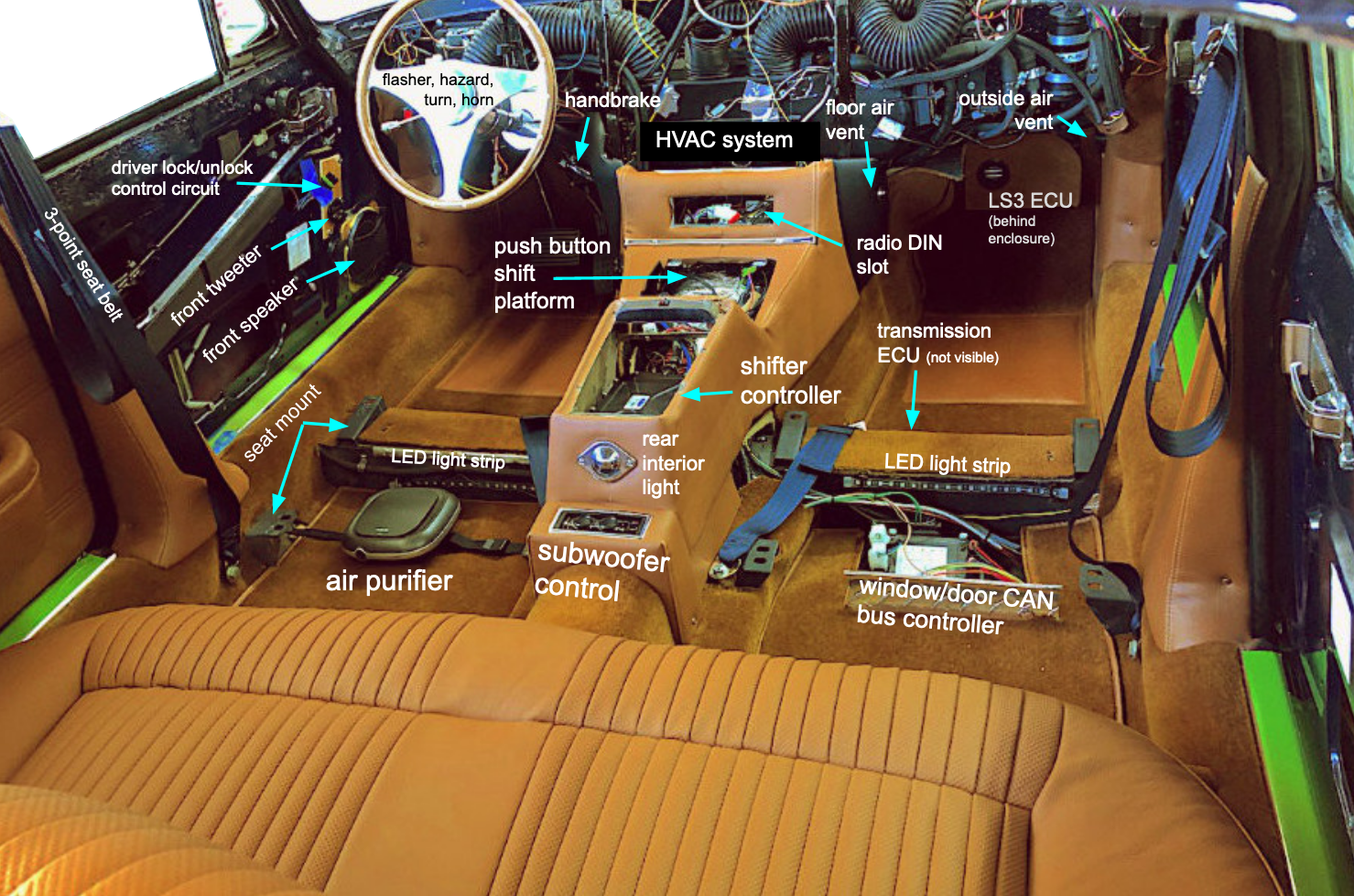
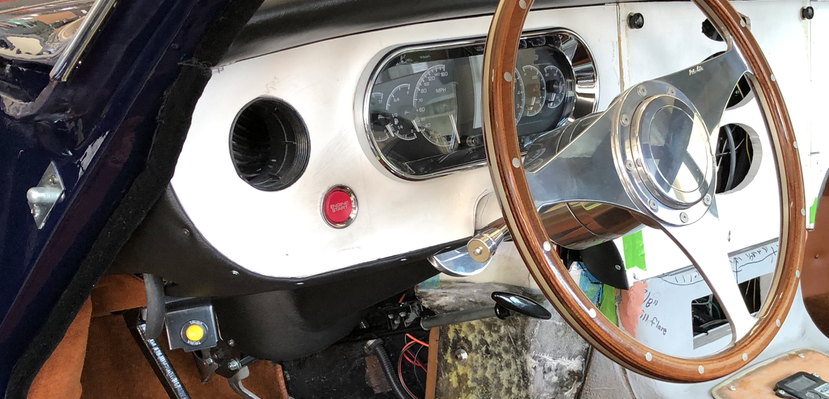
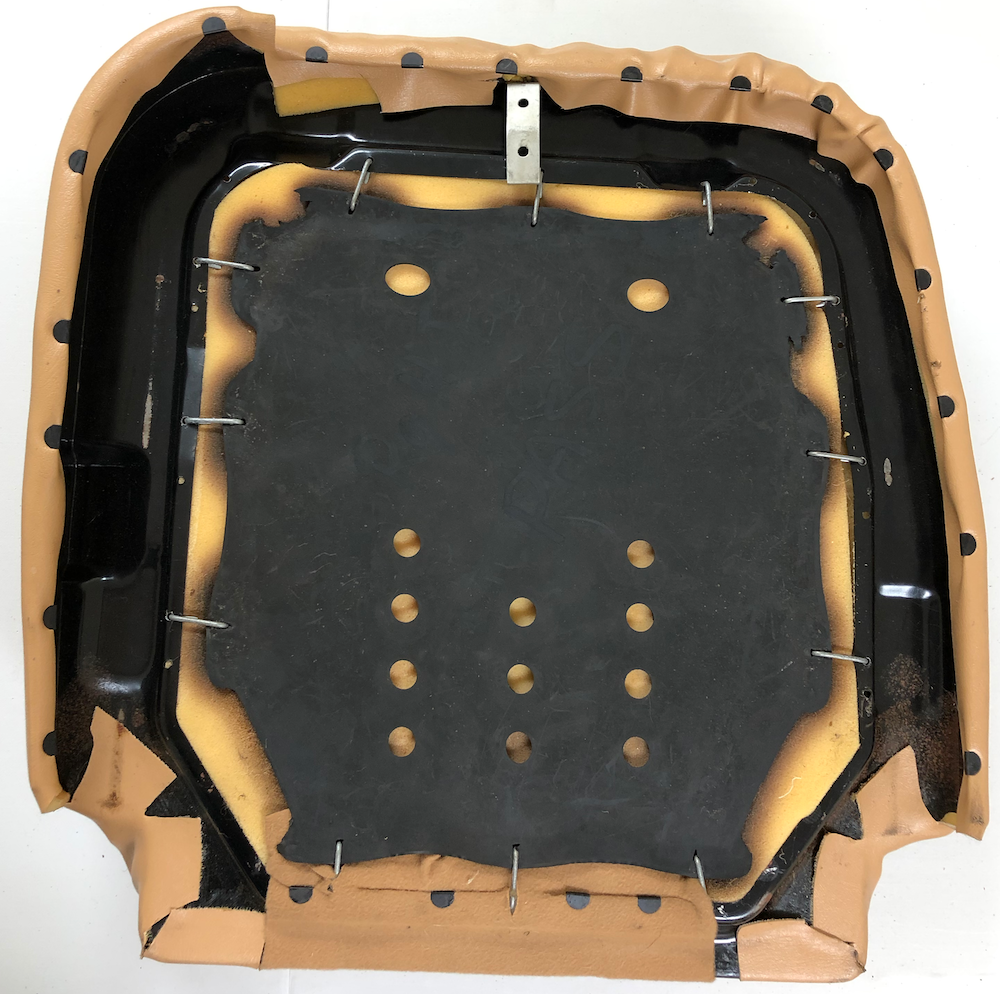






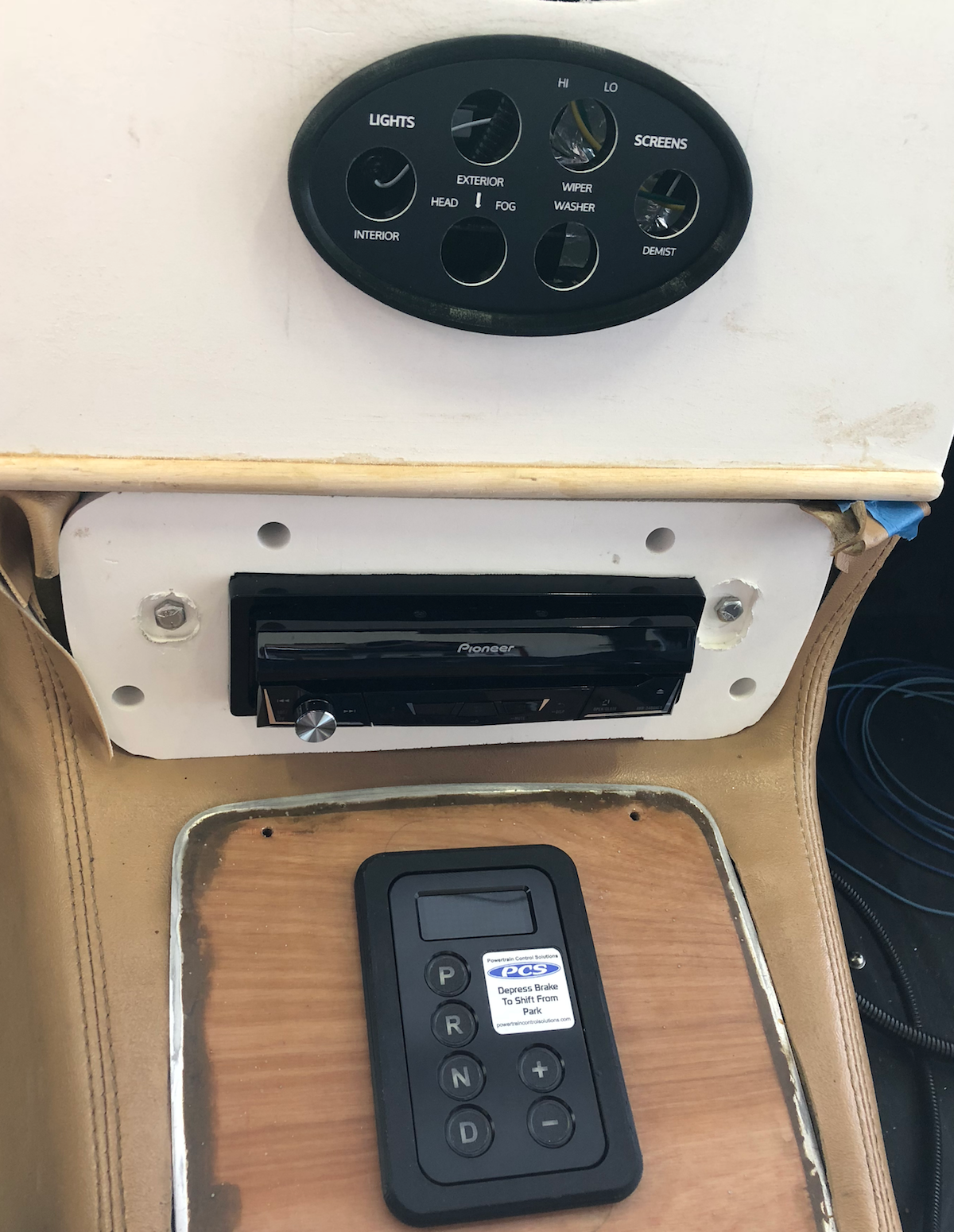

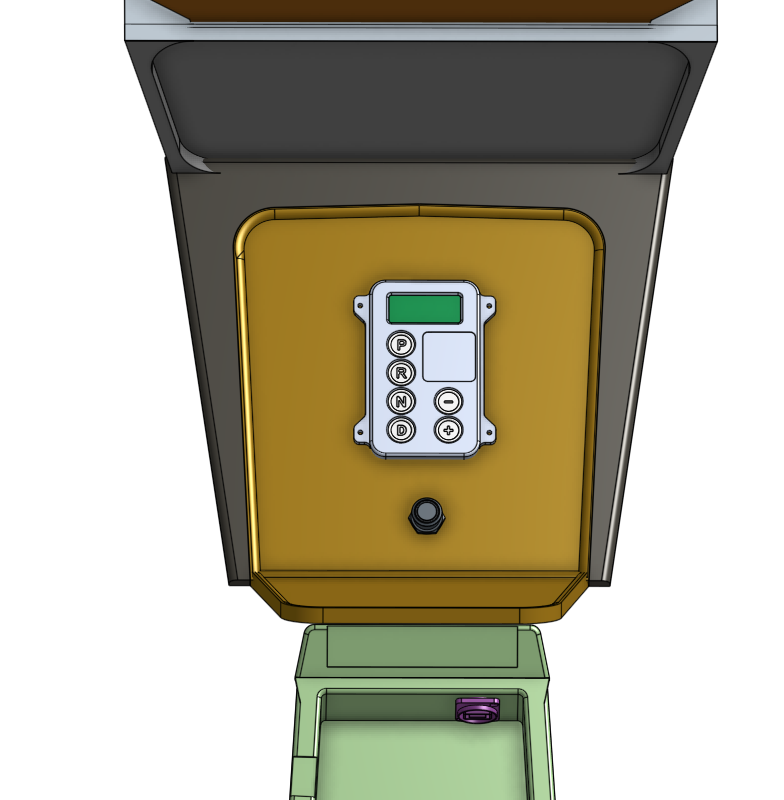
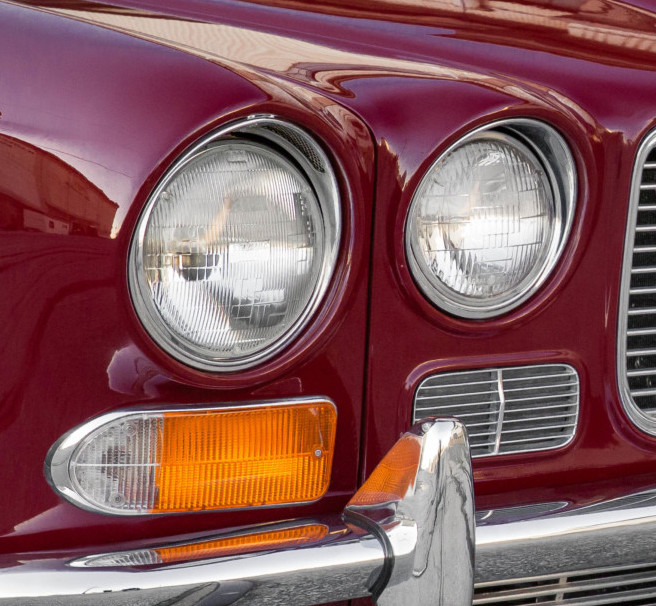

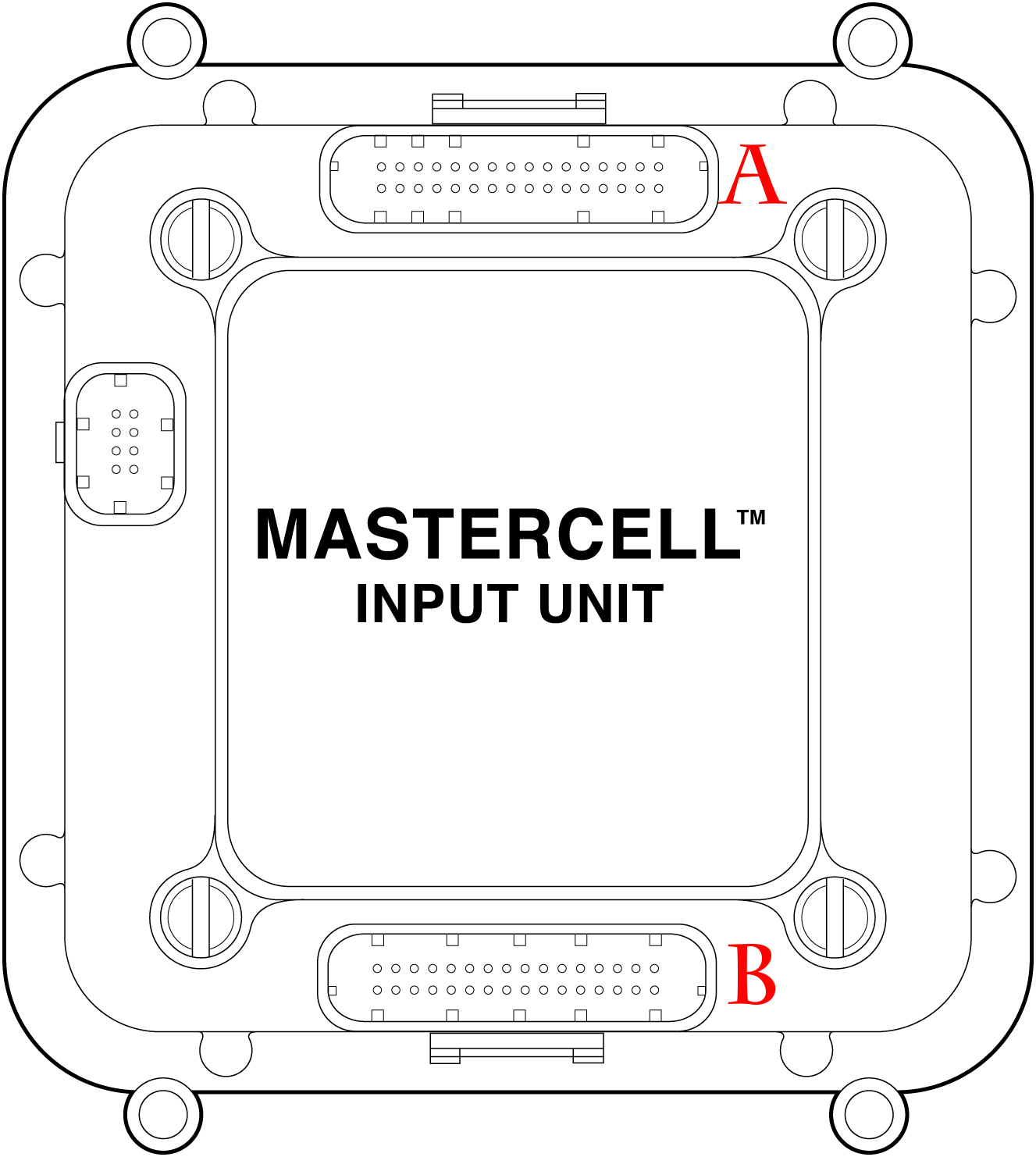





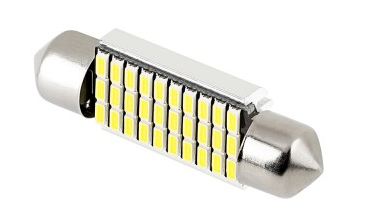
I am fairly sure that the earlier MK11/ ‘S’ type 3.8 cars were fitted with LSD as standard
Our research found that only the 3.8S offered Powr-Lok LSD as an option, but perhaps a Jaguar history expert visitor to this site will provide some definitive evidence.
According to the Jaguar Service Manual, the MK10 and 420G came with the Powr-Lok LSD as standard from 1961 to some time in 1967 (the Manual gives chassis number), after which it became optional (1967-1970). Therefore all MK10 models should have LSD. Data from IPL4 (420G supplement), page Hs1 chassis num G1D54476 RHD — G1D77358 LHD.
Thanks Tony; the table above has been edited to reflect your information.